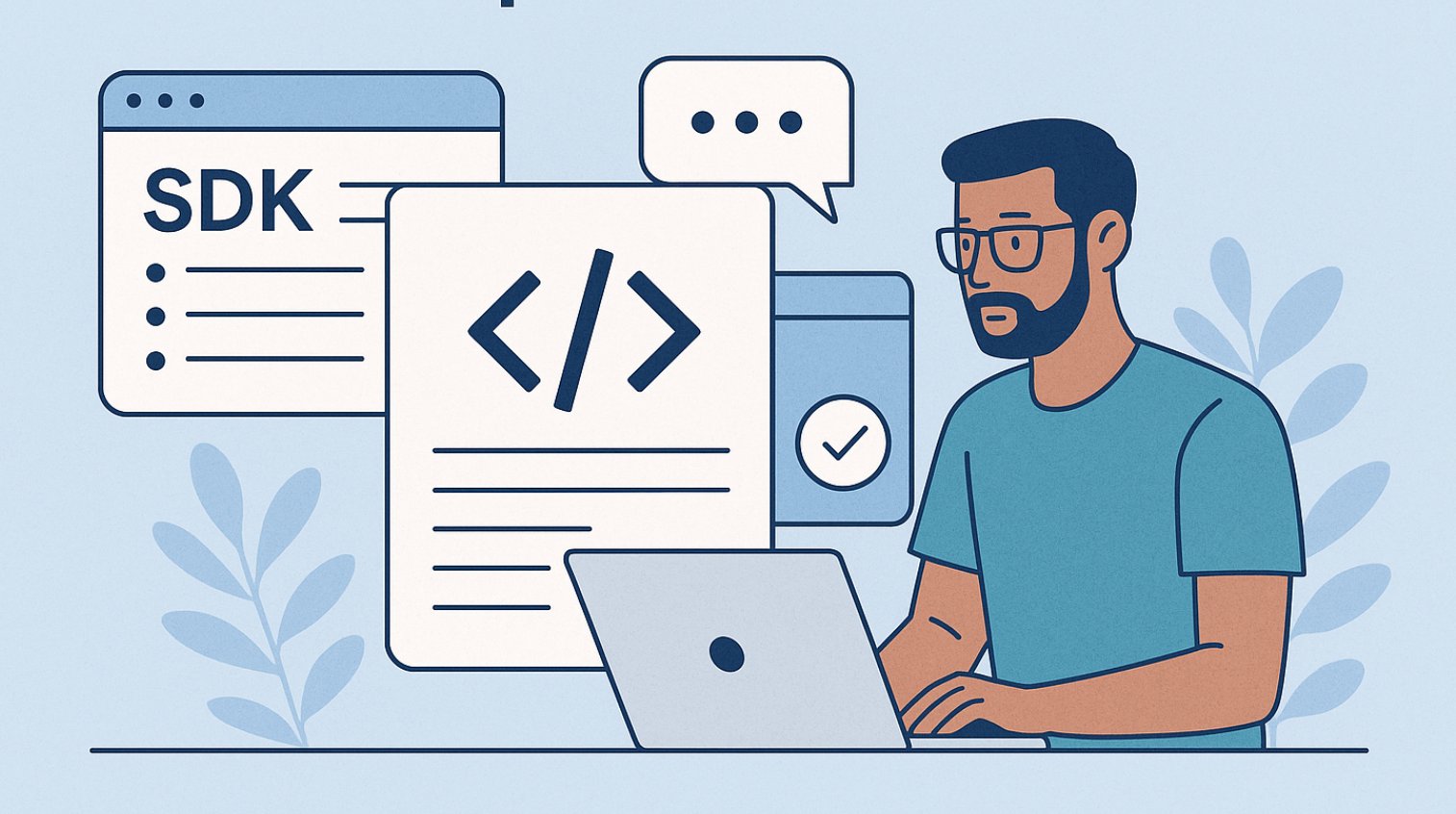The digital banking ecosystem is evolving rapidly, and application programming interfaces (APIs) are the foundation for this growth. As more financial institutions begin building API strategies, one key question always arises: Which banking API providers are right for us?
Having spent over a decade helping banks and credit unions navigate their digital transformation journeys, I’ve seen how the right provider can accelerate progress, and how the wrong fit can create unnecessary roadblocks. As a result of leading secure third-party integrations, I’ve worked alongside institutions as they evaluate providers, manage partnerships, and bring APIs to market successfully.
This blog is here to help you make an informed choice by outlining what to look for in a banking API provider, the key questions to ask, and how the provider you choose can shape your institution’s ability to scale, innovate, and stay future-ready.
Banking API providers aren’t just middleware vendors. They’re strategic partners that shape your institution’s ability to innovate, integrate, and grow. The right provider helps streamline your API architecture, reduces internal development overhead, and ensures security and compliance across every integration.
When chosen thoughtfully, API providers can:
On the flip side, choosing a provider that doesn’t align with your institution’s needs or tech strategy can lead to fragmentation, vendor lock-in, or worse… missed growth opportunities.
When evaluating providers, keep these key attributes in mind:
APIs must be secure by design. Look for providers that demonstrate strong API security practices: tokenization, encrypted payloads, OAuth 2.0 authentication, rate limiting, and OWASP-aligned development. Bonus points if they offer out-of-the-box support for frameworks like Financial Data Exchange (FDX).
A strong provider doesn’t just offer APIs. They deliver developer-friendly tools and clear, comprehensive documentation. Look for providers that offer well-structured software development kits (SDKs), reliable test environments, and support that empowers internal teams and fintech partners to build, test, and deploy with confidence.

Can your provider help you tap into a broader ecosystem of fintech partners? The best banking API providers enable easy integration with industry-leading tools for lending, fraud detection, personal finance, and more, without starting from scratch.
Do they offer real-time support, solution architecture guidance, or onboarding assistance? A good provider should function as an extension of your team, not just a black box with documentation.

Ensure your provider can handle transaction volume growth, maintain uptime, and deliver consistent performance across services. Ask about monitoring, fallback processes, and service level agreements (SLAs).
Your needs will evolve. Choose a provider that offers flexible APIs and extensible integration paths, not rigid, one-size-fits-all solutions. Bonus if they allow you to build on top of their platform with custom logic or workflows.
As you assess potential API partners, these questions can help you surface key differentiators:
As much as you’re looking for strengths, be aware of warning signs too. These may indicate a provider isn’t the right fit:
The difference between a transactional API vendor and a strategic partner is night and day. The right provider doesn’t just check technical boxes. They empower your institution to:
The right banking API provider unlocks extensibility, scalability, and speed, all critical to staying competitive with open and connected banking.
As someone who has worked closely with financial institutions at every stage of the API journey, I’ve seen how much impact the right partner can have. From accelerating rollouts to reducing developer frustration, a great provider becomes an enabler of transformation, not a constraint.
If your institution is serious about modernizing through APIs, take time to evaluate your options. Ask tough questions. Prioritize transparency, security, and long-term vision. Because your provider isn’t just delivering APIs, they’re helping define your institution’s digital future.
